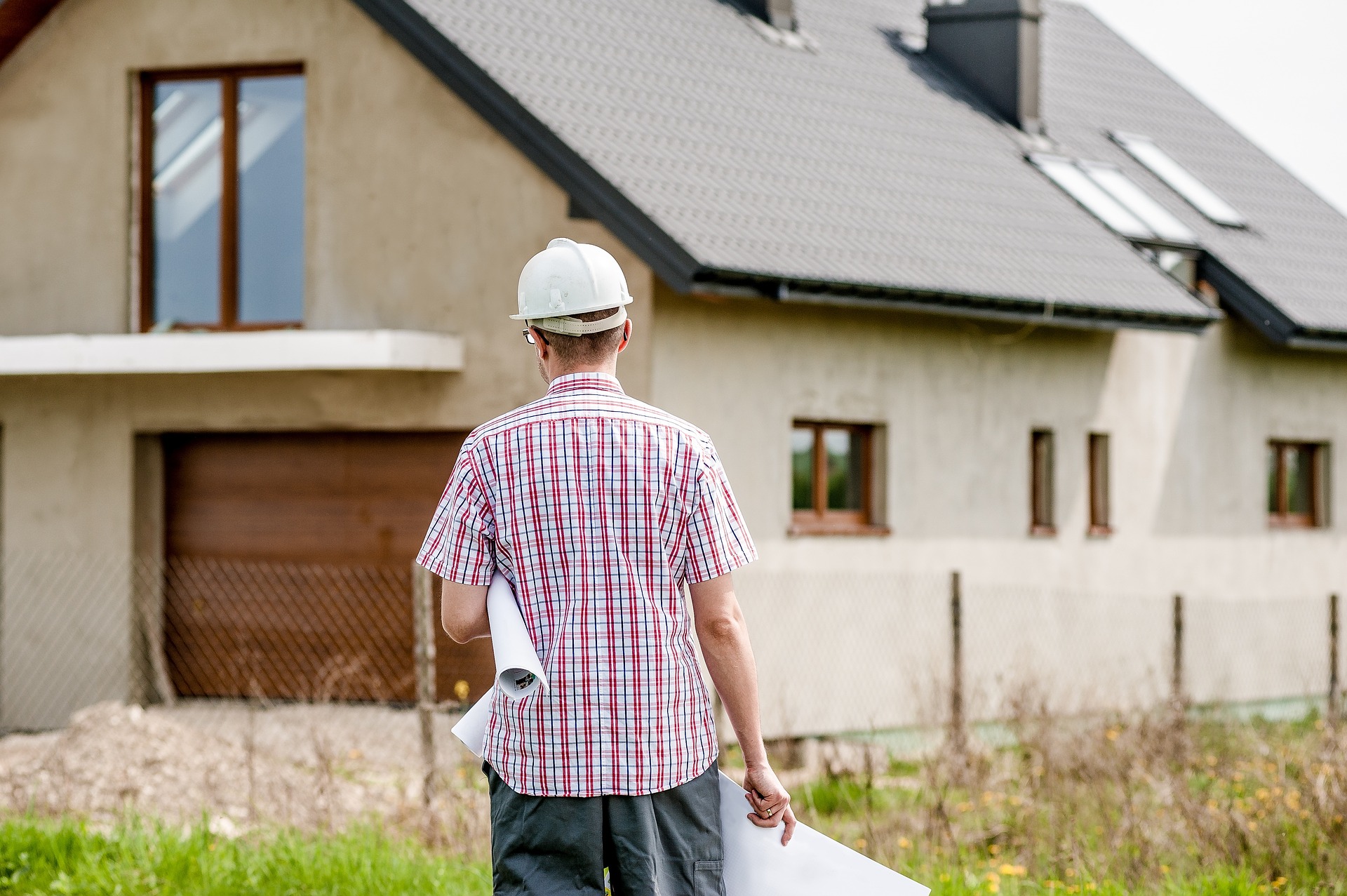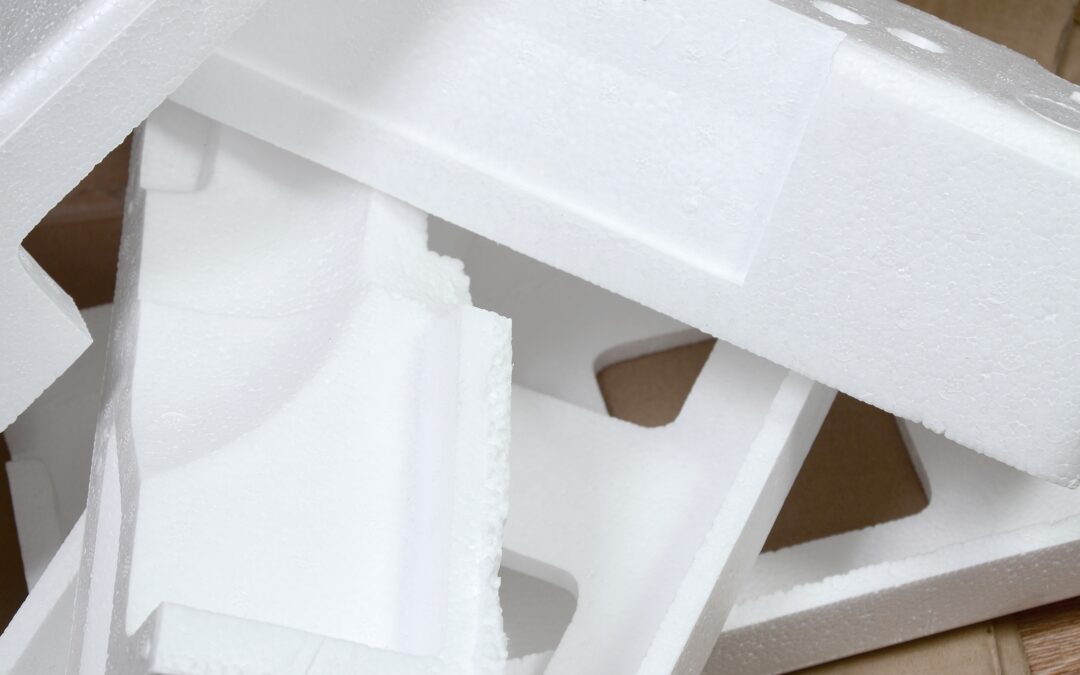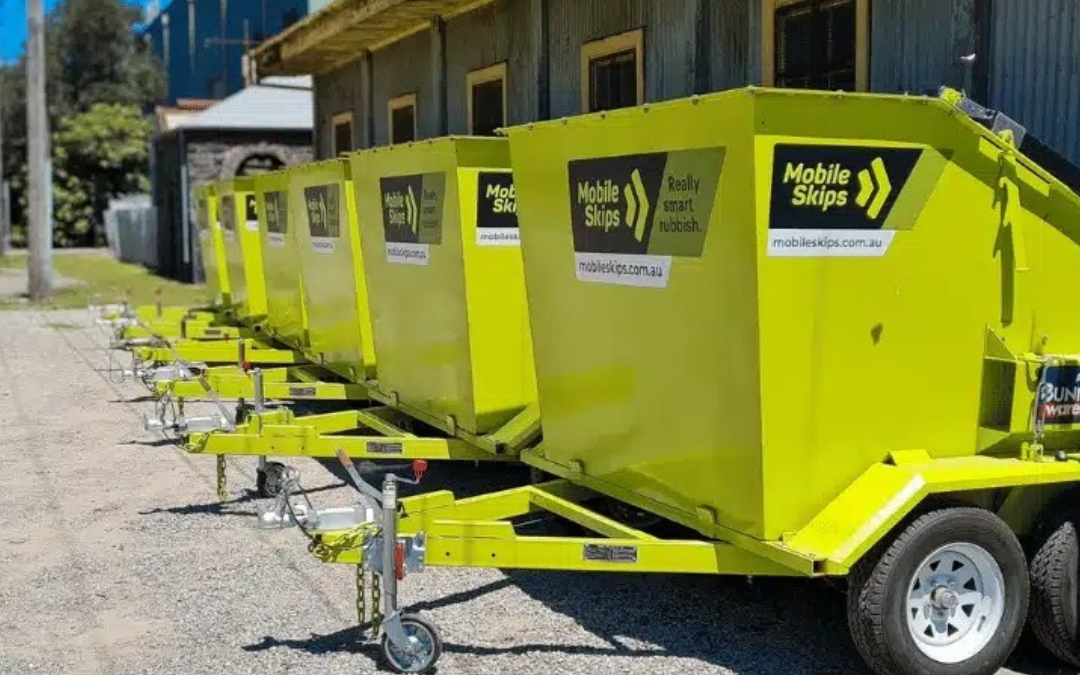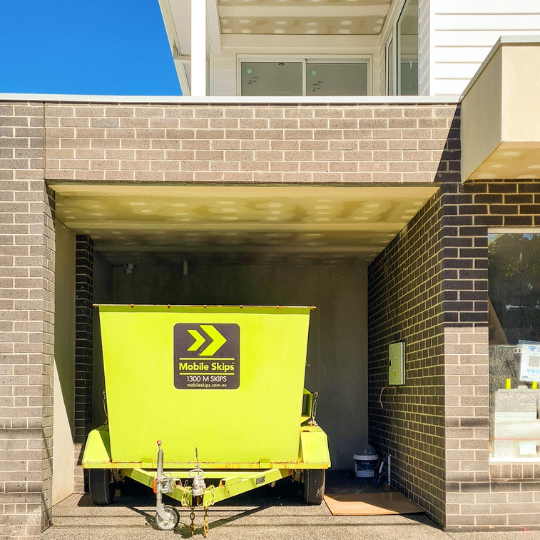The Australian construction industry has always been concerned about waste management at construction sites. During home renovations, a significant amount of waste is dumped in landfills. Fly ash, organic ash, and masonry material make the biggest waste stream which represents about 2/3rd of the waste produced in the year 2014-15.
The debris accumulated from home renovation projects has dreadful consequences on the environmental resources that are getting depleted because of excessive landfill disposal. You need to be aware of how negatively can your careless disposal of waste affect your surroundings.
This article will discuss the best practices for taking care of home renovation wastes and why is it important.
Why Is Waste Management Important At Home Renovation Sites?
As mentioned above, wastes from home renovation sites majorly contribute to the waste in landfills. Thus, this waste can result in the emission of harmful gases harmful to human health and the environment.
The continuous filling of landfills is an expensive deal that requires co-operation between the people and the government. Therefore, the government of Australia has laid down the rules and regulations regarding waste management at home renovation sites.
For a sustainable environment, you need to minimize waste as efficiently as possible with proper waste management. The small steps while taking care of home renovation waste are essential to assure a healthy future for the nation’s population.
4 Best Practices for Taking Care of Home Renovation Wastes
A sustainable home renovation requires proper and responsible waste management. Therefore, we bring you the best practices to effectively take care of your home renovation waste.
Minimise Waste
The first and crucial practice is to minimize the waste as much as you can. For instance, you can select some construction products which come with the merest packaging. This reduces the waste later accumulated for disposal.
In addition, you can use and select recyclable products and materials that offer the possibility to minimize waste.
Eliminate Waste
The next step is to eliminate the waste generated during a home renovation project. For instance, you can select reusable and demountable materials for concrete constructions, eliminating the wood waste related to dimensional lumber and plywood work.
Waste elimination is an effective process as it reduces the harmful impact on the environment and human health.
Segregating Waste Materials
If you want to manage waste cost management effectively, you should know how to store and separate the home renovation waste. You can segregate the waste by:
- Reaching out to a professional waste management team as per your budget to manage and monitor materials.
- Use a screener or crusher for leftover hardcore blocks and bricks.
- Create a designated area to store waste and label different types of waste. You can use wheelie bins, bulk bags, or colour-coded skips to label different wastes.
Deconstruction and Demolition
The demolition of a building is responsible for heavy waste production and pollution. Therefore, you need to focus on deconstruction.
With deconstruction, there are chances to discover reusable materials, from structure assemblies to household systems. Moreover, it helps preserve resources while minimizing landfill waste.
Consider the below-mentioned aspects while removing or designing buildings:
- It is not always possible to completely deconstruct the buildings, but they can be destructed partially when deconstruction and demolition methods are combined.
- The home renovation projects that use high-quality brick with low-quality mortar covering are easy to reuse, clean, and deconstruct in a new home.
- The wood-framed buildings are easily deconstructed when they have used old-growth wood or heavy timber.
Reduce, Reuse, Recycle: Taking Care of Home Renovation Waste
As per your construction materials, you can decide to reduce, reuse and recycle waste. Some materials such as doors, cardboard, windows, masonry, plastic containers can be recycled or reused again according to their condition.
Let’s discuss them in detail.
Reduce
Reducing waste is the same as minimising waste. By doing so, you can decrease waste production. Also, it can result in a decrease in the use of energy and materials. But, how can you carry out the waste reduction? Let’s list out some of the methods:
- Reusing materials
- Try preserving the old structures rather than constructing new ones
- Integrating techniques for manageable disassembling of the building without enough waste generation
- Design well-optimized buildings for longevity
Reuse
You can reuse most of the home renovation debris and waste. The waste may include insulation, wood, gravel, asphalt, plastics, masonry, and concrete materials. The best part of reusing materials is that you will save a considerable amount of money. Also, you will work towards protecting the environment.
Below are some ways to reuse the materials from home renovation wastes:
- Paint old hardware: You can give a whole new look to your old furniture, cabinets, and doors by painting them with fresh and bright colours.
- Dismantle cabinetry: Use the wood of cabinets to construct new ones or donate them to local shops.
- Reusing screws and nails: Reuse the screws and nails when in good condition to build frames, doors, and cabinets.
- Removing drywall sheets together: This way, you can use the sheets while constructing interior walls.
- Using reclaimed wood: Use the reclaimed wood while deconstructing to use in porches, railings, doors, chairs and tables.
Once you know the areas requiring complete renovation, you can understand how to reuse materials you collected from deconstruction.
Recycle
You can recycle most of the home renovation waste and debris. The rubble and concrete are recycled more often into concrete and aggregate products. Furthermore, you can recycle wood into an engineered wood product such as furniture. Some metals, including brass, copper and steel, are also recyclable sources.
There are three recycling methods:
Commingled Recycling
The method makes use of a single container. The haulier will sort every material from the site. It makes it efficient for the field staff to handle the on-site waste. Also, Commingled recycling does not require storage space that is great for small space construction sites.
Site Separation
The recycling method makes use of multiple boxes to recycle different wastes. The separate construction waste is essential, which make sure that the recycling goals of the project are being met. The method also encourages a stable atmosphere on the construction site. However, it can take enough space and require a higher degree of supervision.
Hybrid Recycling
Hybrid Recycling is a combination of commingled recycling and site-separation. For example, separate boxes for non-recyclable waste, concrete and wood. Also, hybrid recycling improves the soring vs. weight effort. Thus, you can reduce the number of boxes by working in stages. Also, it minimizes the effort for sorting hauliers that result in a reduced hauling amount.
Taking Care of Chemical Disposal from Home Renovation Waste
Nothing is worse than the dumping of unused paint cans in the garage. The paint cans when not disposed or taken care of properly harm human health as it does contain some volatile compounds. So how can you ensure safety for the environment and your health?
Here are a few tips for managing and taking care of paint waste during home renovation:
- Donate unused paints: Instead of storing full paint cans at home, think of donating them to your neighbour, community theatre or local habitat.
- Purchase eco-friendly latex paint: The paint does not include any volatile organic compounds. Furthermore, it is made from natural pigments which have low biocides.
- Do not buy extra paint than your requirement: You might have to make an additional trip to the paint store to buy more cans. But you should think about how positively you can help the environment.
- Reuse light shade paints: You can reuse lighter paint shades as a base coat.
- Do not use oil paint: Oil paint is toxic and is dangerous for the surroundings.
Final Thoughts
Home Renovation waste contributes majorly to the waste accumulation in the landfills. To protect the environment, your first step should be to take care of the home renovation waste effectively.
Think of ways to minimize waste and reuse the waste so that there won’t be a massive pile of garbage left for disposal. However, Australian Waste Management is there to protect the people’s interest regarding the environment and health protect all the time.
Let’s work together for a safe and healthy future that positively impacts human health and the environment.
Summary
Best Practices for Taking Care of Home Renovation Wastes
Home Renovation generates more waste than building a house from scratch. And this waste straightaway goes to landfill for disposal that damages the environment. Moreover, it affects your budget as you have to pay for everything from demolition to new materials to leftover building waste disposal.
What should be done in that case? You need to understand and follow some of the best practice to protect yourself and the environment.
- Minimise Waste
- Eliminate Waste
- Segregating waste materials
- Deconstruction and Demolition
Next, you should follow the rule of 3 R’s, i.e., Reduce, Reuse and Recycle. By doing so, you can take care of your home renovation waste efficiently. The methods are cost-efficient and promote a safe environment.
Lastly, you should take care of chemical disposals, such as unused paint cans. It’s a habit of everyone to buy extra materials to avoid additional trips to the store. However, additional materials can result in the storage of unused cans in the garage, which can affect human health when not stored properly.
So, follow the practice that allows you to live a healthy life ahead. This can only happen when you manage and dispose of the home renovation waste adequately.






